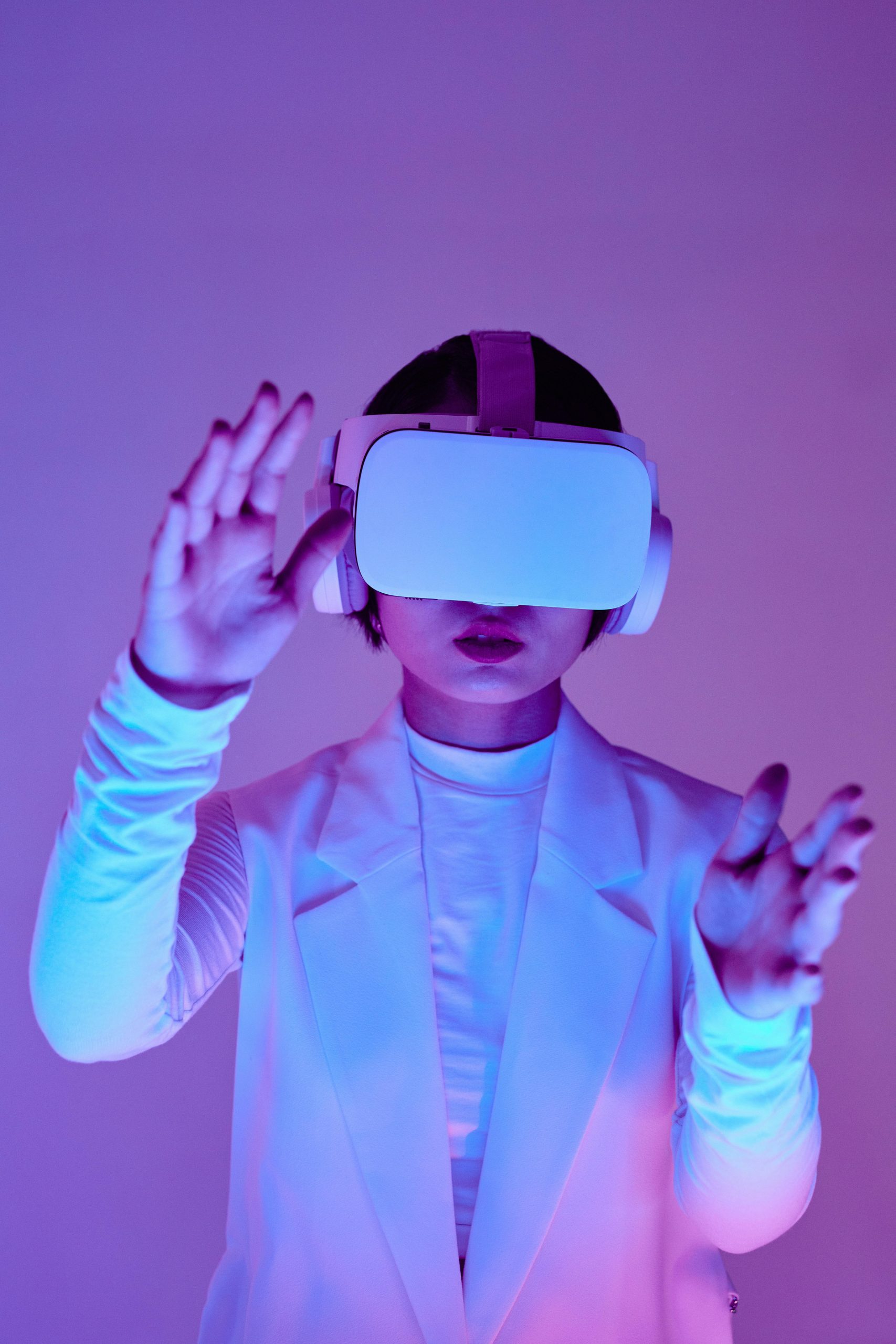Imagine controlling your computer, smartphone, or even a robotic arm with just your thoughts. What once sounded like science fiction is now becoming reality, thanks to Brain-Computer Interfaces (BCIs). These groundbreaking technologies bridge the gap between the human brain and external devices, unlocking unprecedented possibilities in healthcare, communication, and entertainment. As BCIs evolve, they promise to redefine how we interact with technology—and even each other. This article explores the current state of BCIs, their applications, ethical considerations, and what the future holds for this revolutionary field.
What Are Brain-Computer Interfaces?
Brain-Computer Interfaces (BCIs) are systems that enable direct communication between the brain and external devices. By interpreting neural signals, BCIs can translate thoughts into actions without requiring physical movement. These interfaces rely on advanced technologies such as electroencephalography (EEG), invasive implants, or non-invasive sensors to capture brain activity.
There are three primary types of BCIs:
- Invasive BCIs: Surgically implanted electrodes provide high-resolution signals but carry risks like infection.
- Non-Invasive BCIs: Wearable devices (e.g., EEG headsets) are safer but offer lower signal precision.
- Partially Invasive BCIs: Placed inside the skull but not directly on brain tissue, balancing risk and performance.
From helping paralyzed individuals regain mobility to enabling gamers to control virtual environments with their minds, BCIs are opening doors to a new era of human-technology synergy.
Current Applications of Brain-Computer Interfaces
BCIs are already making waves across multiple industries, with some of the most impactful applications in healthcare and assistive technology.
Medical Breakthroughs
In the medical field, BCIs are transforming lives. Patients with spinal cord injuries or neurodegenerative diseases like ALS can use BCIs to communicate or control prosthetic limbs. For example, researchers have successfully enabled quadriplegic individuals to type messages or operate robotic arms using only their thoughts.
Enhancing Communication
BCIs are also breaking barriers for people with speech impairments. Devices like the “speech decoder” can translate brain signals into synthesized speech, offering a voice to those who have lost theirs due to conditions like stroke or cerebral palsy.
Gaming and Entertainment
Beyond healthcare, BCIs are entering the entertainment industry. Companies are developing headsets that allow gamers to control characters or navigate virtual worlds using their minds. This technology could revolutionize immersive experiences, from VR gaming to interactive storytelling.
The Ethical and Privacy Challenges of BCIs
While BCIs hold immense promise, they also raise significant ethical and privacy concerns. As these technologies advance, society must address critical questions about security, consent, and human identity.
Data Security Risks
BCIs collect highly sensitive neural data, which could be exploited if hacked. Unauthorized access to brain signals might reveal personal thoughts, preferences, or even subconscious biases, posing unprecedented privacy risks.
Consent and Autonomy
For individuals with severe disabilities, BCIs can be life-changing. However, ensuring informed consent is challenging, especially for those unable to communicate. Ethical frameworks must be established to protect vulnerable users.
The Blurring Line Between Human and Machine
As BCIs integrate deeper into our lives, they challenge traditional notions of human identity. Could enhancing cognitive abilities with BCIs create societal inequalities? How do we define “natural” human thought when technology can augment or alter it?
The Future of Brain-Computer Interfaces
The next decade will likely see exponential growth in BCI capabilities, driven by advancements in AI, nanotechnology, and neuroscience.
Seamless Human-Technology Integration
Future BCIs may become as commonplace as smartphones, enabling effortless control of smart homes, vehicles, and digital assistants through thought alone. Neural implants could enhance memory, learning speed, or even enable telepathic communication.
AI and BCIs: A Powerful Synergy
Artificial intelligence will play a crucial role in decoding complex brain signals. Machine learning algorithms can improve BCI accuracy, making them more intuitive and responsive. Imagine an AI assistant that anticipates your needs based on neural patterns.
Expanding Beyond Medical Use
While medical applications dominate today, consumer BCIs could soon enter mainstream markets. Companies like Neuralink are working on non-invasive devices for everyday use, from productivity tools to immersive entertainment experiences.
Conclusion
Brain-Computer Interfaces represent one of the most exciting frontiers in technology, with the potential to reshape how we live, work, and connect. From restoring mobility to paralyzed patients to enabling mind-controlled gadgets, BCIs are blurring the lines between biology and machinery. However, as we embrace this future, addressing ethical dilemmas and ensuring equitable access will be paramount. The journey has just begun, and the possibilities are as vast as the human mind itself.
